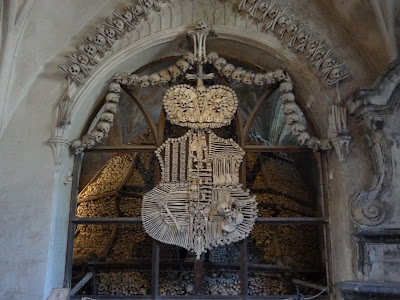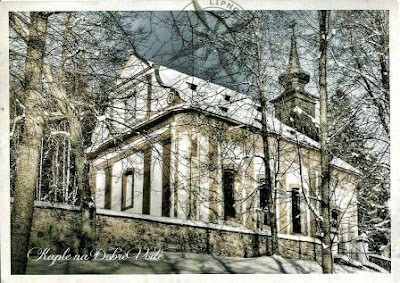Ara spent her last holidays in UAE. Abu Dhabi was one of the emirates she visited and this card is from there. It shows the world famous Sheikh Zayed Grand Mosque, the third largest mosque in the world.
The 2nd card was sent by Claus a couple of years ago.
www.mevcreative.com
The mosque was named after the founder and first President of the UAE, the late Sheikh Zayed bin Sultan Al Nahyan. He chose the location and took substantial influence on the architecture and the design of the mosque. Based on his vision, the mosque was built with the rise of 11 metres above sea level, and 9.5 metres above the street level so that it is clearly visible from all directions.
It is built as a monument to consolidate Islamic culture and a prominent centre for Islamic sciences.
According to his wish, the Sheikh Zayed Grand Mosque is also the last resting place of its name giver, who passed away in 2004.
Photo by Nicole Lüttecke
As per the direction of the late Sheikh Zayed bin Sultan Al Nahyan, the mosque is located in the heart of the new Abu Dhabi between Musaffah Bridge and Maqta Bridge. The construction of AED 2.5 billion-project began in the late 1996. Approximately 38 contracting companies and about 3,500 workers helped realising the complex over a period of almost 12 years.
On the 20th of December 2007, the mosque was initially opened to the public and prayers. The first prayer was held in the presence of His Highness Sheikh Khalifa bin Zayed Al Nahyan, President of the UAE. - in: https://www.abudhabi.ae/portal/public/en/citizens/culture_and_recreation/cultural_and_historical_sites/gen_info20?docName=ADEGP_DF_104596_EN&_adf.ctrl-state=5wx4l7vax_4&_afrLoop=19241414289521547#!


































